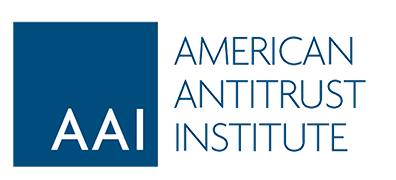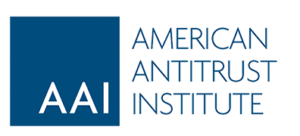These developments highlight the growing nexus between international and domestic passenger airline competition issues. The implications of ATI are serious for U.S. consumers who travel on nonstop and connecting international alliance itineraries that involve numerous U.S. gateway airports. Many of these gateways have become significantly more concentrated over the past decade as the result of U.S. airline consolidation, raising concerns about foreclosure of competition by smaller, nonaligned carriers, higher fares, and less choice of carriers for consumers. These changes undercut claims that ATI brings substantial benefits to U.S. consumers in “behind-gateway” and “beyond-gateway” markets served by the alliances. Such markets can be defined in a number of ways, including nonstop or connecting airport or city pairs served by the alliances and alliance networks.
Recently, some of the large U.S. network carriers have escalated their efforts to highlight allegedly “robust” com- petition in U.S. markets. This advocacy comes at a time when a large number of ATI applications are pending at the DOT. These include: American Airlines-Qantas, Delta-WestJet, Hawaiian-Japan Airlines, Delta-Air France KLM-Virgin Atlantic, and American-British Airways-Iberia- Finnair-Aer Lingus. In light of the DOT’s recent rejection of some requests for ATI, it makes sense that U.S. airlines that dominate the three international alliances (Delta, United, and American) would focus on highlighting allegedly competitive conditions in U.S. markets to support their requests for ATI. This article argues that such conditions, which are not as rosy as these airlines claim, are precisely the reason why policy surrounding ATI is ripe for reconsideration. The article provides a brief review of alliance growth over the past 25 years and dominance of U.S. carriers in these alliances, examines the shift in economic evidence regarding the costs and benefits of ATI, and provides empirical analysis that highlights competitive concerns over ATI and its implications for U.S. consumers. The article concludes with policy recommendations.



